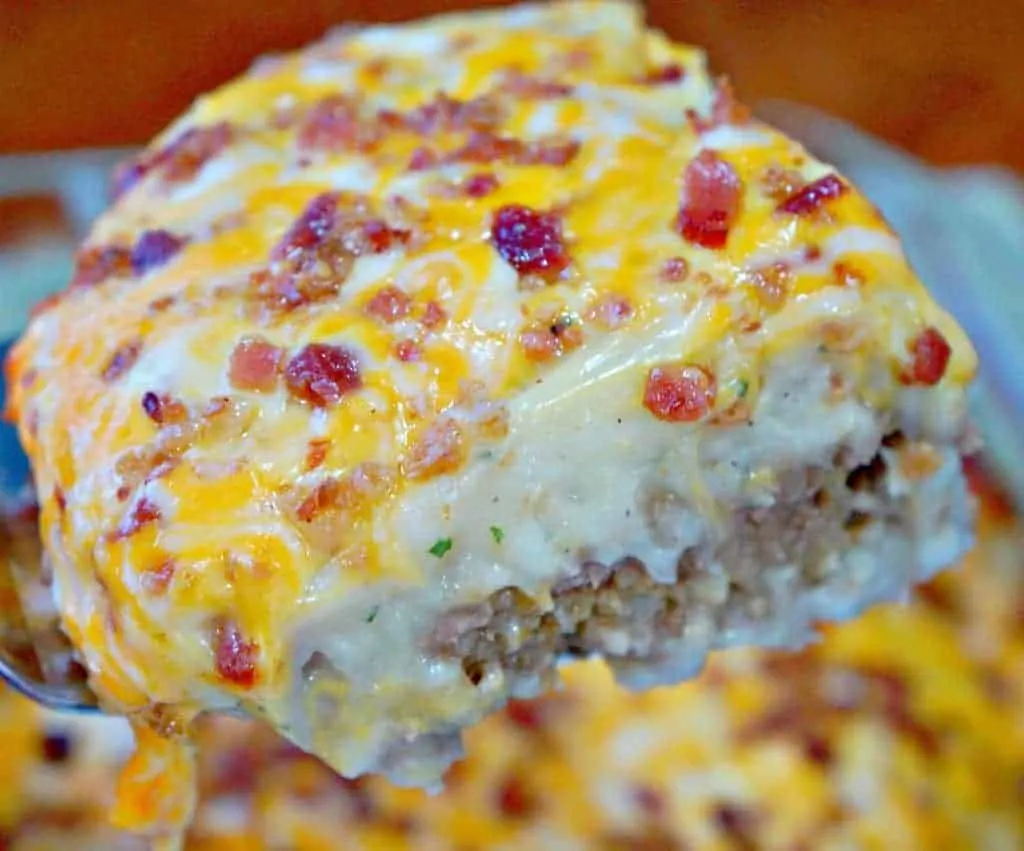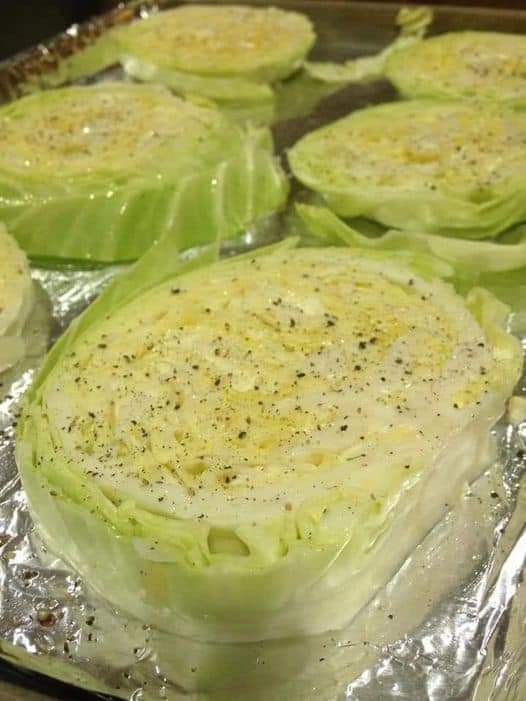
Recreate the Magic: Homemade Hibachi Dinner
Imagine this: a sizzling hot grill, the mesmerizing aroma of savory meats, the rhythmic clang of spatulas, and a chef with nimble hands performing culinary acrobatics right before your eyes. This is the allure of hibachi dining – a Japanese culinary spectacle that marries delicious flavors with theatrical flair. While visiting a hibachi restaurant is always an exciting experience, why not bring that excitement into your own kitchen? In this article, we’re going to unlock the secrets of crafting your very own Homemade Hibachi Dinner.
Hibachi dining is a celebration of Japanese cuisine that has captivated food enthusiasts worldwide. The term “hibachi” originally referred to a traditional Japanese charcoal brazier, but in modern dining culture, it’s synonymous with a live cooking show, where chefs whip up delectable dishes on a flat grill right at your table. From succulent meats to flavorful vegetables and that signature hibachi fried rice, this culinary journey offers a sensory feast like no other.
The beauty of making a Homemade Hibachi Dinner is that you get to be both chef and diner, orchestrating the symphony of flavors and relishing every moment. Whether you’re planning a special occasion or simply craving the deliciousness of hibachi, this step-by-step recipe will guide you through the process of creating a memorable hibachi experience in the comfort of your home.
So, roll up your sleeves, prepare your ingredients, and get ready to embark on a culinary adventure that promises to tantalize your taste buds and create lasting memories. It’s time to recreate the magic of hibachi right in your own kitchen. Let’s dive into the art of Homemade Hibachi Dinner.
Ingredients Needed :
YUM YUM SAUCE:
1 1/4 cup mayo
1 tsp granulated sugar
1/2 tsp garlic powder
1/4 tsp paprika
1 T melted butter (unsalted)
1 tsp tomato paste
1/2 tsp cayenne pepper
2-3 T water
GINGER SAUCE:
1/2 onion (chopped)
2 T lemon juice
1 T grated ginger
1 tsp minced garlic
1/4 cup soy sauce
1/2 tsp white vinegar
1/4 tsp sugar
HIBACHI RICE:
2 cups cold, cooked rice (white rice)
1 T sesame oil
2 T butter
2 T soy sauce
1/2 sweet onion (chopped)
1 large egg
chopped green onions
HIBACHI NOODLES:
1/2 lb or 6 oz noodles (Udon, Rice, Ramen, or Linguine)
2 tsp sesame seed oil
1 T garlic butter
2 T soy sauce
1 T teriyaki sauce
Optional: 3-4 green onions (chopped, both the white part and green part, separated)
HIBACHI VEGETABLES:
1 large zucchini (quartered)
1 sweet onion (chopped)
1 T vegetable or canola oil
1 tsp sesame oil
1 T soy sauce
1 T garlic butter
pinch of salt
HIBACHI STEAK AND/OR CHICKEN:
1 pound of chicken breast and/or sirloin steak (cut in bite-sized pieces)
1 T vegetable or canola oil
1 tsp sesame oil
2 T garlic butter
2 T soy sauce
1 T teriyaki sauce
salt and pepper to taste
HIBACHI SHRIMP:
1 lb raw shrimp
1 T vegetable or canola oil
2 T garlic butter
1 T soy sauce
1 T teriyaki sauce
lemon juice (optional)

Step-by-step Directions :
YUM YUM SAUCE:
(Make 1 day before serving.)
Mix all ingredients (except water) together well.
Add 1-2 T of water to reach your desired sauce consistency.
Chill overnight in the refrigerator.
Serve at room temperature.
GINGER SAUCE:
Blend all ingredients in a food processor or blender.
Refrigerate until ready to use.
HIBACHI RICE:
Heat oils in a wok or skillet.
Add onion and saute for 1-2 mins
Add in the egg and lightly scramble it.
Once the egg is nearly cooked, add in the cold rice, butter, and soy sauce.
Toss rice and egg together until the rice is warm and eggs are cooked completely.
Salt and pepper to taste if needed.
Add chopped green onions.
Remove from pan and serve.
HIBACHI NOODLES:
Cook noodles according to package instructions and drain well.
Heat oil
Add in the remaining ingredients except for the green part of the green onions
Toss to combine.
Once noodles are very coated and hot, add in the green onions
Adjust seasoning to your liking if needed.
Serve.
HIBACHI VEGGIES:
Heat oils into the wok or skillet at medium-high heat
Add in the zucchini, soy sauce, butter, and a pinch of water.
Saute for 5 minutes
Add in onion and continue to saute until all veggies are tender.
Serve.
STEAK:
Heat veggie oil in a skillet at medium-high heat
Add in the steak and sprinkle on the salt and pepper.
Saute steak.
Once steak begins to brown, add in the remaining ingredients.
Continue to cook the steak to your desired level of doneness.
CHICKEN:
Heat veggie oil in a pan at a medium heat
Add in chicken and all remaining ingredients.
Continue to cook the chicken until completely done.
Saute to avoid burning.
SHRIMP:
Heat oil in skillet or wok
Add in shrimp
Add the butter, soy sauce, and teriyaki.
Saute until shrimp is cooked.
Be careful not to overcook.
Add a squeeze of lemon juice.
GARLIC BUTTER:
Place all ingredients into a food processor. (You can also stir it by hand in a bowl.)
Blend well.
Spoon butter in between plastic wrap and mold into the desired shape. Or store in a tightly sealed
container.
Refrigerate until firm.
ENJOY!
Pro Tips for Perfect Homemade Hibachi:
- Use a hot grill or skillet: To achieve that hibachi restaurant sizzle, make sure your grill or skillet is hot before adding the proteins.
- Prep ingredients in advance: Have all your ingredients chopped, measured, and ready to go before you start cooking. This will help you work quickly, as hibachi cooking is fast-paced.
- Cook proteins separately: To avoid overcrowding the grill or skillet, cook each protein separately in batches.
Nutrition Facts (per serving):
Calories: 450-500 kcal
Protein: 30-35g
Carbohydrates: 30-35g
Fat: 15-20g
Fiber: 2-3g
Sugars: 5-8g
Note: Nutrition values may vary depending on the specific ingredients and portion sizes used.
Conclusion:
Homemade hibachi dinners are a culinary treat that combines flavors, entertainment, and deliciousness. With this easy-to-follow recipe and pro tips, you can recreate the magic of hibachi cooking in your own kitchen. Whether it’s a special occasion or a regular weeknight, a homemade hibachi dinner is sure to delight your taste buds and bring a touch of Japanese cuisine to your table. Enjoy!
That’s it, all you have to do is Enjoy !
‘Carammelle’ offers you everyday fresh, fun and easy recipes.
You can find the best quick and easy to make recipes, simple meal planning ideas and cooking techniques.

